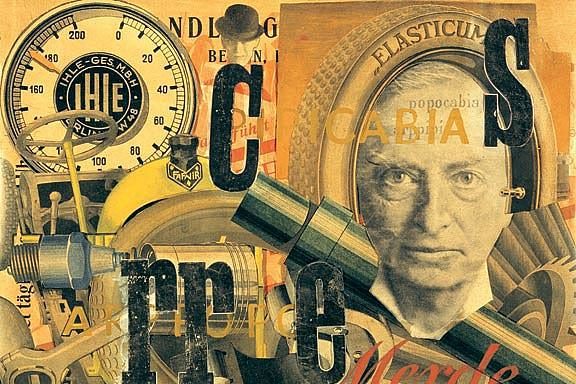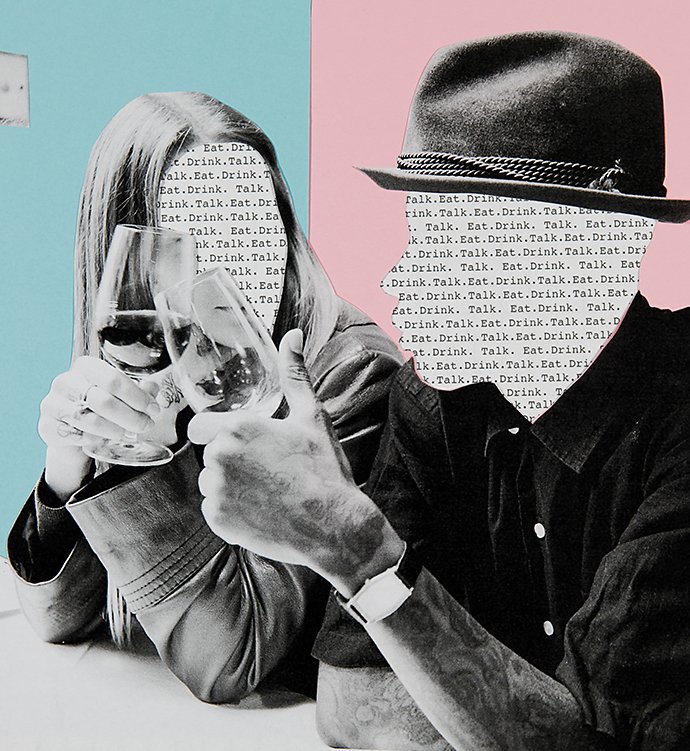Ansel Adams (1902-1984) was an American landscape photographer and environmentalist known for his black-and-white images of the American West. He suffered a harsh childhood from family financial problem to fitting in at school school after an injury from when he was four years old that scarred him for life. However this resulted in his love for nature and the sublime. In 1932, he co-founded with ten other photographers Group f/64, an association advocating “pure” photography favouring sharp focus and the use of the full tonal range of a photograph. They even created a Zonal System , envisioning the values to appear in a black-and-white print and determining its exposure and development. Other members in Group f/64 included Alma Lavenson, Dorothea Lange, Imogen Cunningham among other female photographers who have been overlooked in the history of photography.

Group f/64
The group’s name derives from a small aperture setting on a large format camera, which secures great depth of field and renders a photograph evenly sharp from foreground to background. The group aimed to frequently show what they consider the best contemporary parts of the American West. They would also show the images of those who are not members of the group but their photos that show tendencies similar to the group’s aims, images that follow the ideas of “pure photography”. Pure photography to the group is the art form possessing no qualities of technique, composition or idea, derivative of any other art form. The members believe that photography develop along lines defined by the actualities and limitations of the photographic medium. They say it must always remain independant of ideological conventions of art or aesthetics that are reminiscent of a period antedating the growth of the medium itself.
The above was adapted from the Group f/64 Manifesto





“Our individual tendencies are encouraged; the Group Exhibits suggest distinctive individual view-points, technical and emotional, achieved without departure from the simplest aspects of straight photographic procedure.” – Ansel Adams speaking about the group as artistic photographers.
Monolith, The Face of Half Dome, 1927
This was the first image that Ansel Adams had made based upon his feelings (the concept he would later use to create the zone system). From this, Adams also coined the term ‘visualization’, a method in which a photographer knows what they want the photo to look like. Adams stated, “I began to think about how the print was to appear, and if it would transmit any of the feeling of the monumental shape before me in terms of its expressive-emotional quality. I realized that only a deep red filter would give me anything approaching the effect I felt emotionally.”

This monochrome image shows a large tonal range from a 10 within the snow (labelled by Adams’ zone system) to a 1 in the shadows of the cliff face and the sky. The use of a dark red filter made the image sharper overall and darkened the sky to produce the final outcome. There is a lot of light reflecting off of the snow however this adds to the drama of the photograph greatly contrasting to the shadows cast by the cliff itself. The eye is obviously led to Monolith itself, but the contrast it shows compared to the snow and trees in the midground, creates this sense of harmony between two very different things, almost representing the way that nature works and how different species and ecosystems coincide to exist. The concepts within this piece are Adams’ use of his zonal system and how he visualised his final outcome to be the image that we now see. Both of these have been greatly effective and widely used by photographers today. The image was taken in 1927, the Roaring 20s of the USA, a time when culture and art thrived after the First World War. Therefore, Adams probably faced lots of competition to become known through his works; but with the support of his four friends, he was able to carry his heavy equipment up to this location looking over the Yosemite Valley in California.


My Response to Ansel Adams

This image shows all levels of Adams’ zonal system and almost mimics ‘Monolith’ with the dark, dramatic sky alongside the detailed subject of the picture. The pixelation below shows the large tonal range of this. All of the lines at the bottom of the image and in the background are natural, however the all of the buildings create conventional polygons like squares, rectangles and circles. This shows an obvious relationship between nature and humanity; the colourings may be similar but everything else is different. I personally feel this to be a comment on humanities effect on the earth. That as a race, we have taken a beautiful land and stuck large dull blocks of concrete and plastic that will never be used more than a couple of times, they are just left to disappear or stain the earth for eternity. The image contains very little of the bunkers surroundings and fills the frame with the subject. The eye is immediately led to the black lobster on the bunker, which contrasts the white washed walls used as its background.




















































